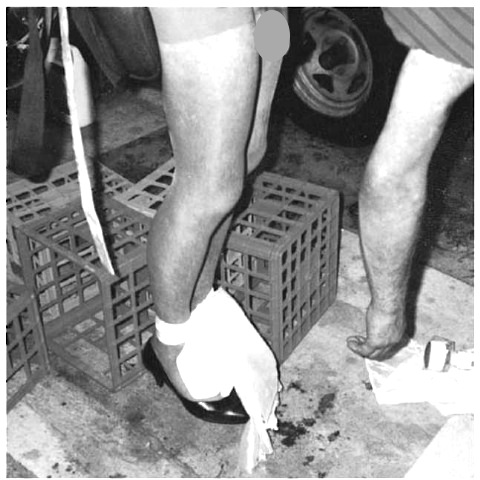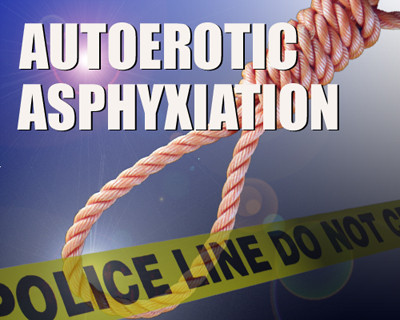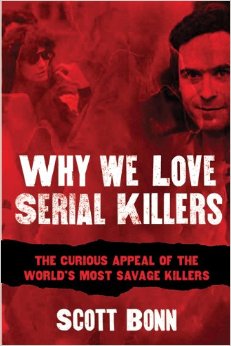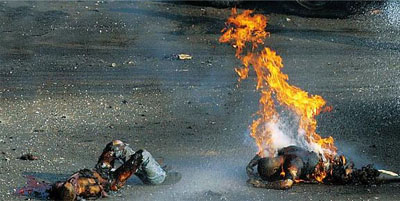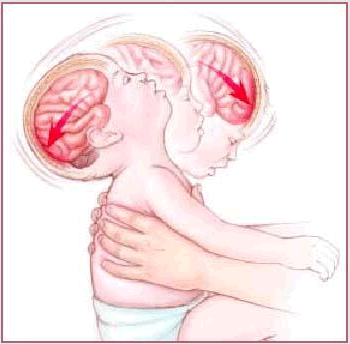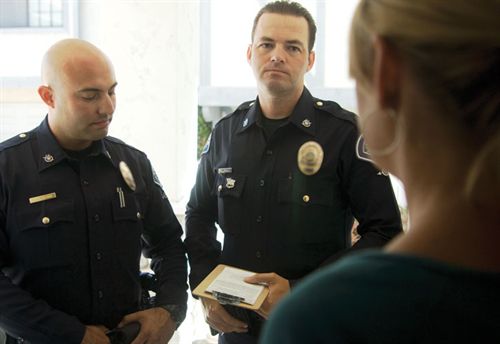Crime Scene Tech | Stefanie Elliott CST
Forensics is the study of the past as it relates to the present. Criminal forensic is applying science to the law. In short it’s the study of known science and relating it to a crime scene for the determination and prosecution of a crime. Many men and women are specially trained to collect evidence and in…
Read More


